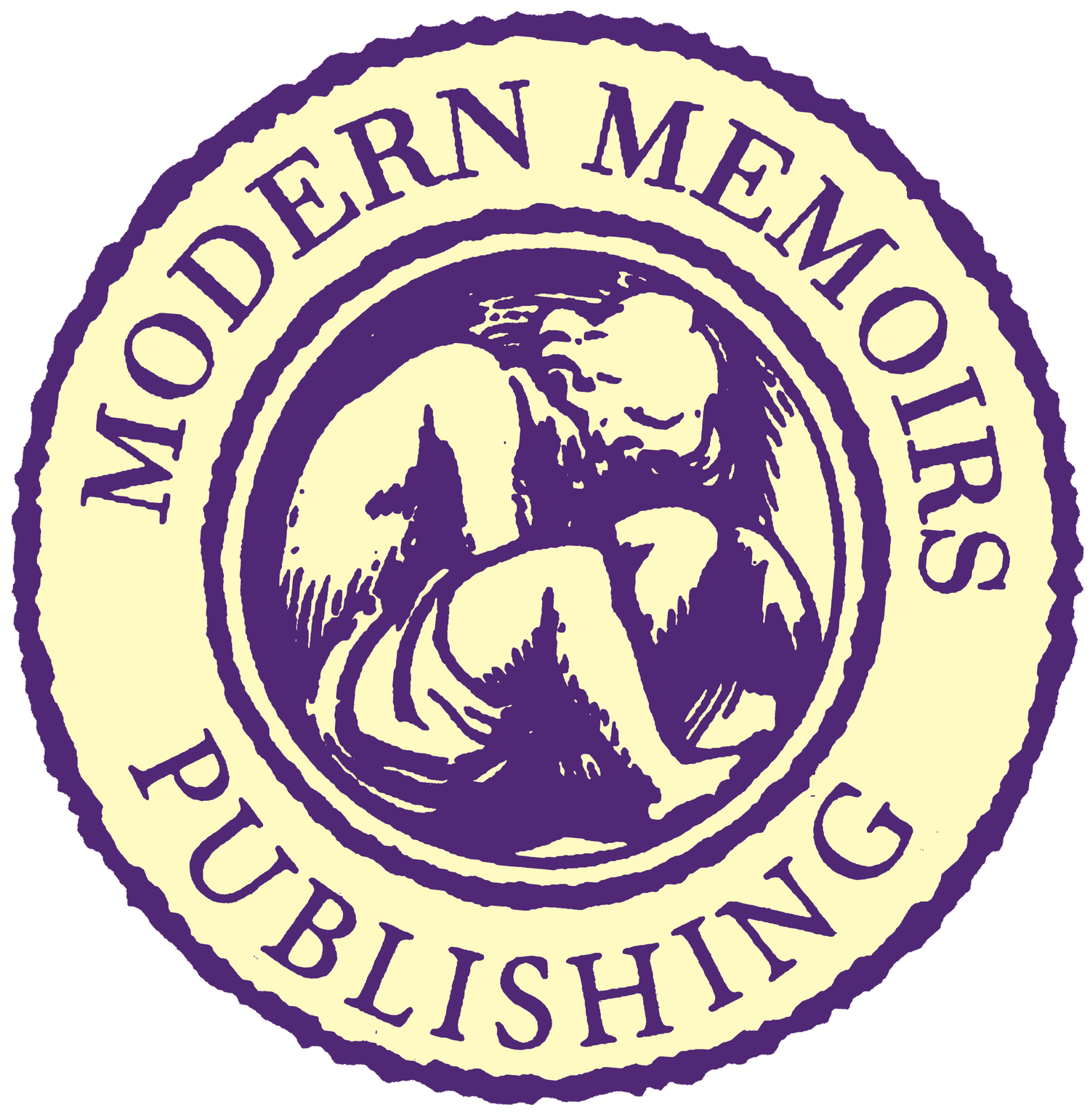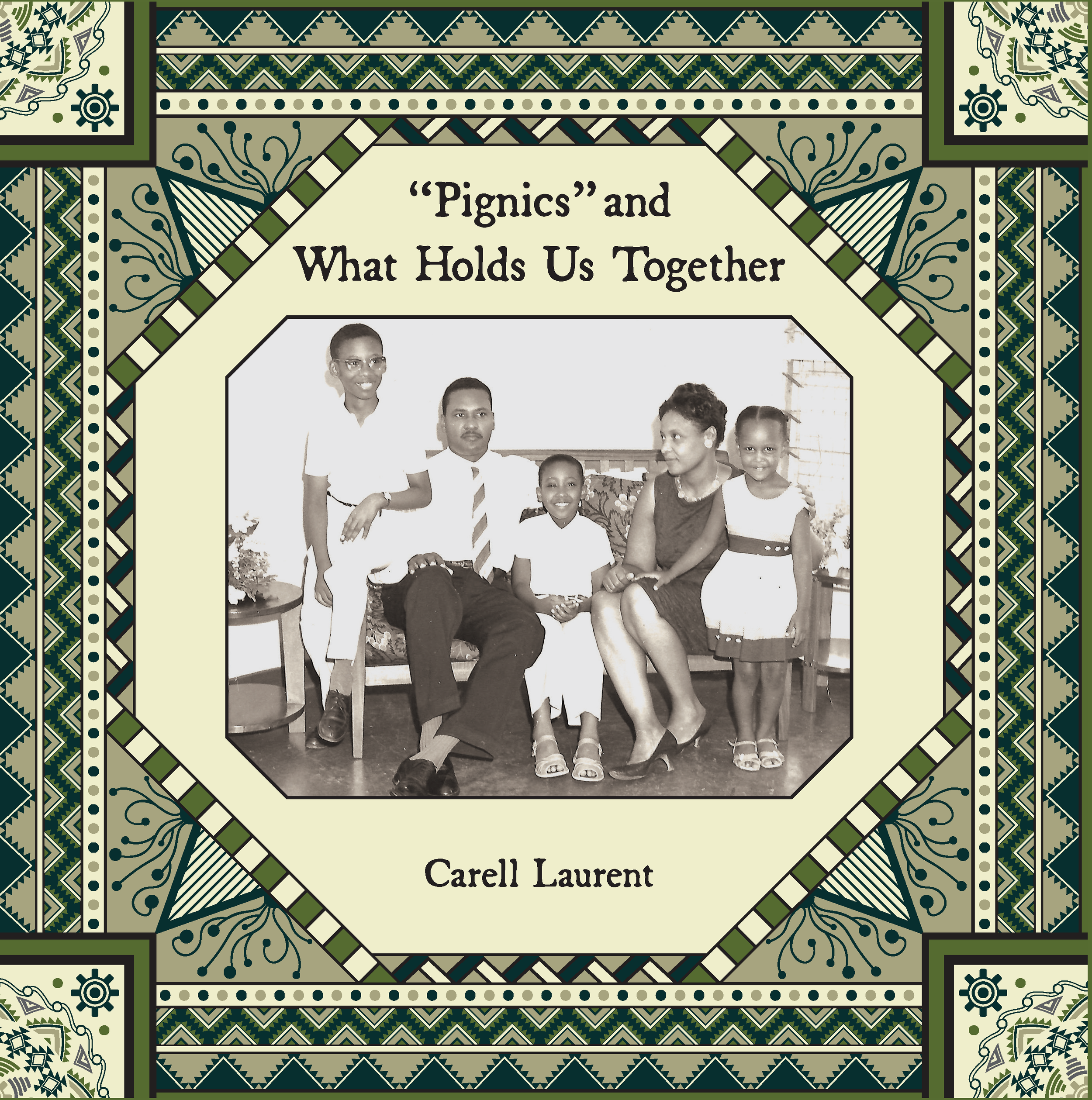David B. Dearinger published his book entitled A Southern Madam and Her Man with Modern Memoirs in 2023. After a decade of family-history research, this dual biography of two of Dearinger’s ancestors took one year and two months from the day he first contacted us to the day books arrived on his doorstep and became available for sale. We asked Dearinger to reflect on what the research and publication process was like for him, and what it has meant to share his book.
1. Your book describes the lives of your great-grandparents Susie Tillett and Arthur Jack. She ran brothels in Lexington, Kentucky, and Chattanooga, Tennessee. He, among many occupations, was a saloonist, gambler, and horse-trader. In the preface, you say that before you began your research, neither you nor anyone in your immediate family knew many stories of these ancestors. What was the first discovery you made that alerted you to their unconventional lives?
David Dearinger: I had long known some of the details of my great-grandfather’s life—his origins in Atlanta, his multiple careers of running saloons, managing a vaudeville theater, and running horses on the Grand Circuit. But I knew little of my great-grandmother’s life, other than that she had been a devoted spouse and mother, a superb cook and seamstress (she made many of her own clothes), and the owner of a “boarding house” in Chattanooga.
The earliest hint that there was more to the story and, indeed, that she had led a life that was at least as fascinating as that of her husband, came from a few dozen studio photographs and several large, framed portraits made of her in the 1880s and 1890s, which my grandmother cherished and shared with me. (Some of these images are reproduced in my book.) In them, Susie wears long, beautifully made gowns, stylish hats, feathers, full-length furs and even jewels, clothes and accessories that suggest a history both richer and more complicated than I knew. I pondered the mystery of how my great-grandmother could possibly have afforded such clothes for decades until, starting around 2010, I finally began to crack the case.
David B. Dearinger’s great-grandparents in their youth. At left, Susie Tillett, age eighteen, 1877. Photograph by Louis Granert, Chattanooga, Tennessee, copy of an earlier, now lost image made probably in Lexington, Kentucky. At right, William Arthur Jack, age twenty, about 1881. Photograph by Theophilus H. Ivie, High Art Production Co., Atlanta.
2. The findings in your book are extensively researched and documented. What primary sources proved most helpful? Were there certain discoveries that were particularly rewarding?
David Dearinger: The most revelatory documents were contemporary newspapers, city directories, censuses, and insurance maps. I was especially impressed and surprised, perhaps naïvely so, by the frankness with which some of these documents recorded the precise location of brothels and the identities of their residents—one of whom turned out to be my great-grandmother. Granted, this level of documentary accuracy was pretty much confined to the years between 1890 and 1917; but that happened to be the exact period in which my great-grandparents were at their most professionally active. During those years, censuses often identified houses of ill-fame as such, city directories gave madams their proper honorific (abbreviated as “Mad”), and insurance maps labeled brothels with the unique designation of “FB” (“female boarding house,” a cartographic euphemism for brothel). For my purposes, these sources proved to be gold mines of information.
“…my purpose was to uncover and tell the truth, to back it up with proper documentation, and to keep an open mind[…]my primary emotion as the narrative unfolded was unmitigated excitement, what I can call, without hyperbole, the joy of discovery.”
3. In the endnotes, you state that it was not your purpose to assign blame or to glamorize sex work through your research and writing about your ancestors. What purposes did you have in mind as you worked on this book? And can you describe the emotional journey your research took you on as you learned about your ancestors’ colorful lives?
David Dearinger: From the start, my purpose was to uncover and tell the truth, to back it up with proper documentation, and to keep an open mind. As a professional historian (and an amateur genealogist), my primary emotion as the narrative unfolded was unmitigated excitement, what I can call, without hyperbole, the joy of discovery. The fact that these discoveries were deeply personal only heightened my excitement. I came out on the other end more impressed with my great-grandparents than I had been at the start and filled with admiration for their courage, tenacity, and inventiveness.
4. You are a curator and art historian by profession. How do you think studying family history enriches our understanding of history in general? What can it teach us about ourselves?
David Dearinger: I began working on my family history when I was fifteen years old. Like most people at that age—and despite the efforts of some superb teachers—I was naïve about American history and felt little personal connection to the political events and famous people we learned about in elementary and high school. But once I began to discover the facts of my ancestors’ lives, I was inspired to learn more, for better or worse, about the bigger picture. Suddenly the history of the United States—the (re)settlement of the country by Europeans, the genocide of its Native peoples, the shameful history of slavery, the wars, the social and economic upheavals, and the sometimes-desperate attempt to establish something like a democracy—became real, personal, and much more interesting.
5. How did you decide to self-publish your book instead of publishing it with an academic or trade publisher? When did you realize that you wanted to sell it, making it available to a larger readership than family and friends?
David Dearinger: As Susie herself might have said, I always wanted to sell it! My initial plan had been to publish with an academic press. But I soon realized that by going in that direction, I would lose a certain amount of control over important elements of the book—the number of allowable illustrations and the inclusion of what I considered important appendixes, for example—and that the publication date might be pushed back as much as three years. For such a personal project, I found these otherwise reasonable terms unacceptable. Therefore, I decided to investigate the option that I eventually took. I was inspired to consider Modern Memoirs by my friend and former colleague, Joyce M. Bowden, whose intelligent and beautifully produced family history, Four Connor Generations in South Carolina 1790–1920, was published by the company in 2014. And so here we are.
6. Do you think your great-grandparents would have objected to your telling their story in this book?
David Dearinger: I have asked myself that and similar questions a number of times over the past few years. And of course, there is no way for me to know the answers. I can say that, if 100 years from now, some poor benighted historian investigated the nooks and crannies of my own life and wrote a book about it, I would, if it were possible, cheer them on. To be remembered at all would be something; but to think that some hopefully open-minded, intelligent person could make more sense of my life than I can, would be delightful.
As it happens, I did ask Susie and Arthur for their permission. The last time I was in Kentucky before the book was published, I visited their graves in the beautiful and historic Lexington Cemetery. As I stood there looking down at their tombstones, a hickory nut fell from one of the ancient trees that grow nearby and hit me on the head. Was this a bad sign or a good sign? I decided to take it for the latter. Cut. Print.
David Dearinger holding his book in front of a portrait of his great-grandmother
Want to read more? Purchase A Southern Madam and Her Man at Memory Lane Books & Gifts, the Modern Memoirs online shop.
Liz Sonnenberg is genealogist for Modern Memoirs.




























